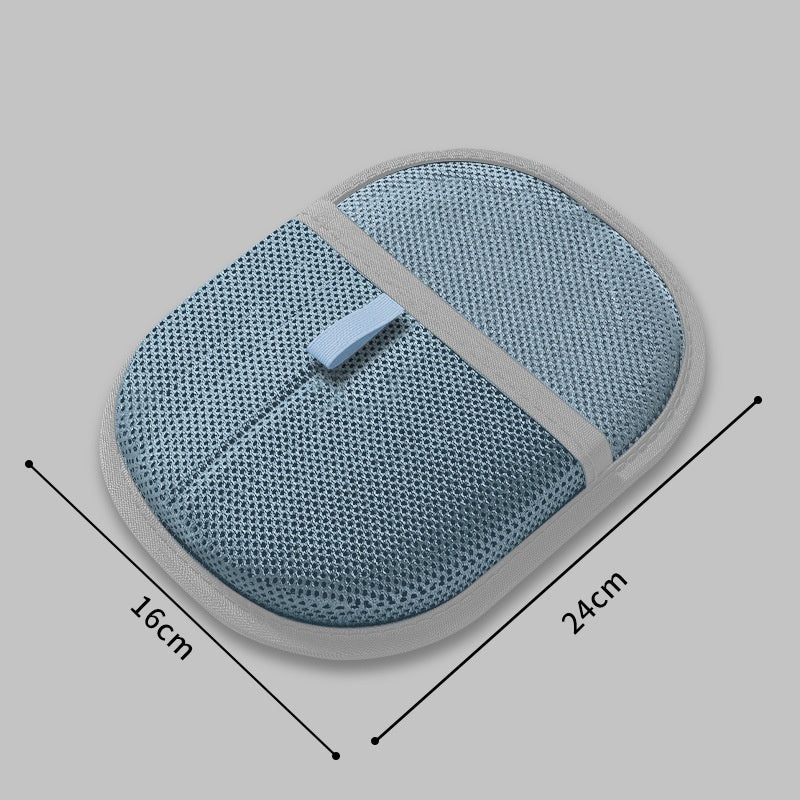Adopting a rescue cat is a rewarding experience that saves lives while bringing joy to your home.
However, rescue cats often come with unknown histories and may need extra patience during their transition period.
Proper preparation and realistic expectations help ensure successful integration and long-term happiness for both you and your new feline companion throughout their adjustment process.
Understanding rescue cat backgrounds: Many rescue cats have experienced trauma, abandonment, or multiple home changes that affect their initial behavior and trust levels. Some may be shy or fearful, while others might be overly clingy or attention-seeking. Medical issues from previous neglect or poor care are common, requiring initial veterinary evaluation and potentially ongoing treatment.
Pre-adoption preparation: Before bringing your rescue cat home, prepare a quiet safe room with all necessary supplies including food, water, litter box, scratching post, and comfortable hiding spaces. This sanctuary allows gradual adjustment without overwhelming the cat with your entire home immediately. Remove potential hazards and ensure windows and doors are secure.
The adoption process: Reputable rescue organizations conduct home visits, reference checks, and adoption interviews to ensure good matches. They provide medical histories, behavioural assessments, and ongoing support after adoption. Some rescues offer trial periods or foster-to-adopt programs that allow gradual integration before final commitment.
Initial adjustment period: Most rescue cats need 2-4 weeks to feel comfortable in new environments, though some may take several months to fully settle. Expect hiding, reduced appetite, and tentative behavior initially. Maintain consistent routines, speak softly, and allow the cat to approach you rather than forcing interaction.
RSPCA Australia and local animal welfare organizations report that rescue cats often become the most grateful and bonded companions once they settle into loving homes. They recommend patience, consistency, and working with rescue coordinators for guidance during the transition period.
|
Timeline |
Typical Behaviors |
Your Actions |
Goals |
|
First 24-48 Hours |
Hiding, not eating, silence |
Minimal interaction, quiet environment |
Safety and security |
|
Week 1 |
Gradual exploration, tentative eating |
Consistent routine, gentle encouragement |
Basic comfort establishment |
|
Weeks 2-4 |
Increased confidence, more interaction |
Expanded access, regular play sessions |
Building trust and bonds |
|
Months 2-3 |
Personality emergence, routine establishment |
Full house access, normal activities |
Complete integration |
Step-by-Step Guide: First Month with Your Rescue Cat
- Establish base camp in quiet room with all necessities
- Visit briefly and quietly 2-3 times daily
- Speak softly and avoid direct eye contact initially
- Allow cat to eat and eliminate without pressure
- Sit quietly in the room reading or using phone
- Offer treats from a distance, gradually closer
- Begin gentle talking and slow blinking
- Let cat approach you rather than reaching toward them
- Open door to allow supervised exploration
- Introduce other family members gradually
- Begin interactive play sessions if cat shows interest
- Maintain safe room as retreat space
- Allow full house access during supervised times
- Establish regular feeding and play schedules
- Begin grooming if cat accepts handling
- Schedule initial veterinary check-up


















































































